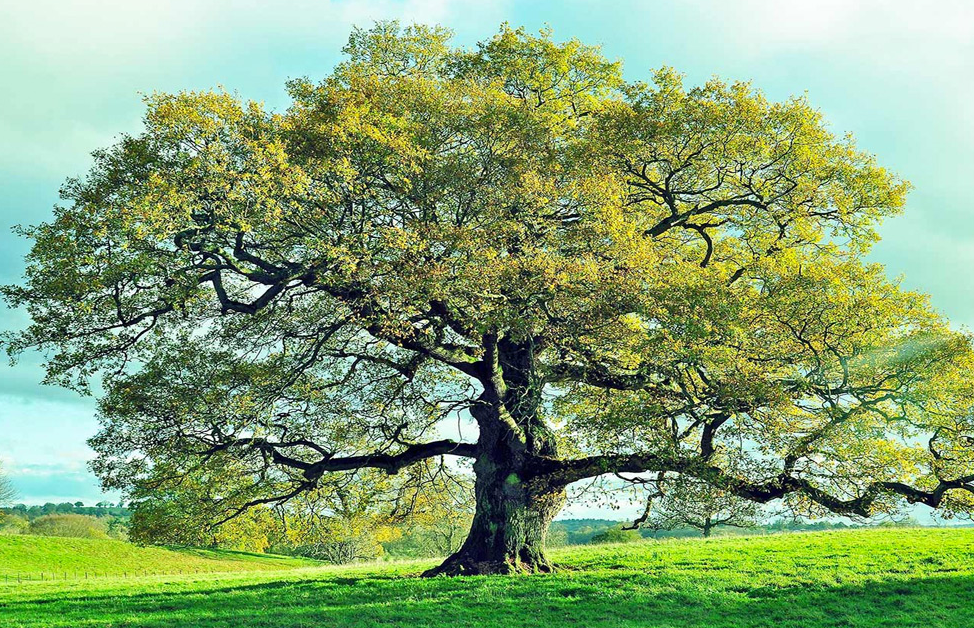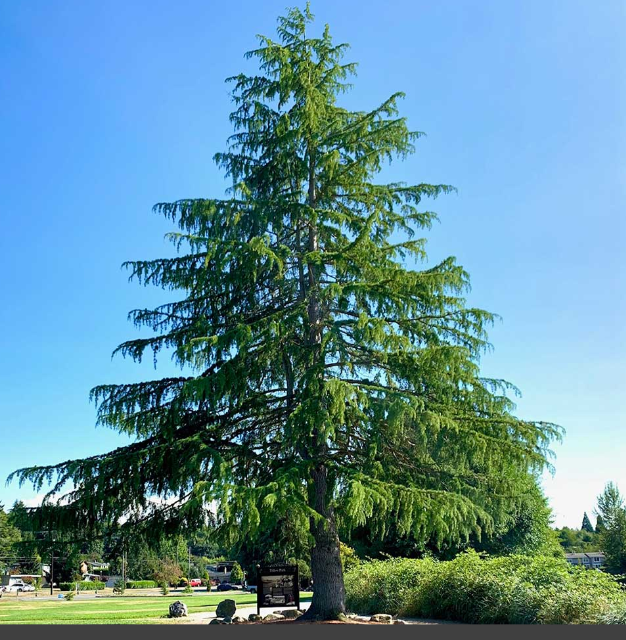The yew tree is an important cultural symbol in France, as it has been designated as the France National Tree. This evergreen conifer is known for its longevity, resilience, and medicinal properties, and has played a significant role in French history, folklore, and ecology. In this article, we will explore the significance of France National Tree, its cultural and natural heritage, and its conservation status.
History and Mythology of France National Tree
The yew tree (Taxus baccata) has a long and complex history in France, dating back to the pre-Roman era. In ancient times, the Celts and Gauls revered the yew as a sacred tree of life and death, associating it with regeneration, protection, and divination. The Druids, a prominent priestly class of the Gauls, used yew wood to make wands, staffs, and other magical tools, as well as for medicinal purposes. The yew was also believed to have mystical powers of longevity and immortality, as its leaves and seeds contain a potent toxin called taxol, which has anticancer properties.
In the Middle Ages, the yew became a Christian symbol of resurrection and eternal life, as its evergreen foliage and red berries represented Christ’s immortality and blood. Yew trees were often planted in churchyards and cemeteries, and used to make carved sculptures, altarpieces, and furniture. The yew also played a role in medieval warfare, as its tough and flexible wood was used to make longbows, which were crucial for the English victory at the Battle of Agincourt in 1415.
Conservation and Management of France National Tree
To address these challenges, several conservation initiatives have been implemented in France to protect and manage yew forests. These include the establishment of protected areas, such as national parks, nature reserves, and Natura 2000 sites, where yew forests are given legal and financial support. The French government also promotes sustainable forest management practices that balance ecological, social, and economic values, such as selective logging, non-timber forest products, and ecotourism.
Moreover, there are several non-governmental organizations (NGOs) and local communities that are involved in yew conservation and education in France, such as the Yew Conservation Network, the Association Française d’Arbres et d’Arbustes (AFAA), and the Yew Festival of the Loire Valley. These groups aim to raise awareness about the ecological, cultural, and spiritual values of yew trees, as well as to support research and monitoring of their conservation status.
The Yew Tree’s Role in French Ecology and Biodiversity
The yew tree has a unique ecological niche in France, as it is a shade-tolerant understory species that can survive in diverse habitats, such as forests, hedgerows, parks, and gardens. Yew forests are particularly important for their biodiversity value, as they provide habitat for a wide range of flora and fauna, including mosses, lichens, fungi, insects, birds, and mammals. The yew’s dense and evergreen foliage also helps to retain moisture, reduce soil erosion, and filter pollutants.
However, yew forests in France are under threat from various human activities, such as urbanization, agricultural intensification, logging, and pollution. The loss and fragmentation of yew habitats can have negative impacts on the biodiversity and ecosystem services they provide, as well as on their cultural and historical significance.
France National Tree in French Art and Literature
The yew tree has also been a source of inspiration for French artists, writers, and poets, who have depicted its beauty, mystery, and symbolism in their works. Some notable examples include:
The yew sculptures of the Chartres Cathedral, which are a series of carved capitals and misericords that represent biblical scenes, animals, and human figures. These sculptures date back to the 13th century and are considered masterpieces of Gothic art.
The yew tree in Victor Hugo’s novel “The Hunchback of Notre-Dame”, which is a prominent symbol of the Gothic architecture and the tragic fate of the protagonist, Quasimodo. The yew tree is also associated with the character of Esmeralda, who sings and dances under its branches.
The yew tree in Paul Claudel’s play “The Satin Slipper”, which is a mystical and poetic image of the Virgin Mary and the mystery of the Incarnation. The yew tree represents the link between heaven and earth, and the spiritual transformation of the characters.
The yew tree in Georges Brassens’ song “Le Parapluie”, which is a humorous and nostalgic reflection on the passing of time and the beauty of nature. The yew tree is a metaphor for the persistence and resilience of life, even in the face of adversity.
FAQs
- What is the scientific name of the yew tree?
The scientific name of the yew tree is Taxus baccata.
- Is the yew tree poisonous?
Yes, the yew tree is poisonous, as it contains taxanes, which are toxic to humans and animals. The leaves, bark, and seeds of the yew can cause severe health problems, such as nausea, vomiting, dizziness, seizures, and even death.
- Can yew trees grow in other countries besides France?
Yes, yew trees can grow in many countries around the world, as they have a wide range of climatic and soil requirements. Yew trees are native to Europe, Asia, and North America, and have been introduced to other regions as ornamental and medicinal plants.
- What are some traditional uses of yew trees in France?
Yew trees have been used for various purposes in France throughout history, such as for making bows, spears, furniture, and musical instruments. Yew wood is known for its strength, flexibility, and resonance, and has been highly valued by craftsmen and musicians.
- How can I support the conservation of yew forests in France?
You can support the conservation of yew forests in France by learning more about their ecological, cultural, and spiritual values, and by visiting them responsibly. You can also donate to or volunteer for organizations that work on yew conservation and education, or participate in citizen science projects that monitor the health and distribution of yew trees.
References
- “France National Tree: The Yew Tree.” Tree2mydoor.com. Accessed April 6, 2023. https://tree2mydoor.com/blogs/content/france-national-tree-the-yew-tree.
- “The Yew Tree in French Culture and History.” The French Garden. Accessed April 6, 2023. https://thefrenchgarden.co.uk/inspiration/the-yew-tree-in-french-culture-and-history/.
- “Leifeng Pagoda and Yew Trees.” Hangzhou Travel Guide. Accessed April 6, 2023. https://www.hangzhoutravelguide.com/sights/leifeng-pagoda-yew-trees.html.

